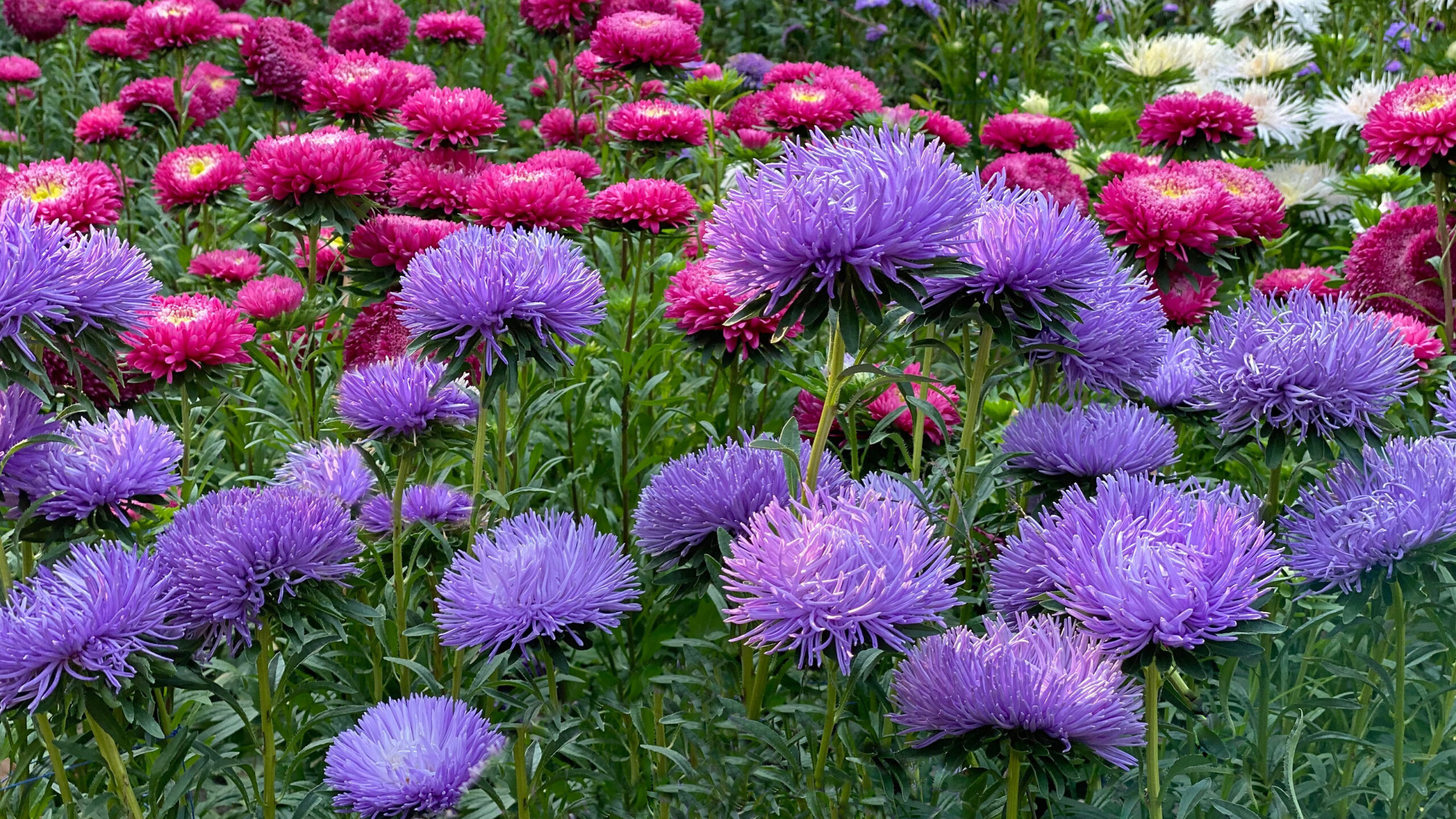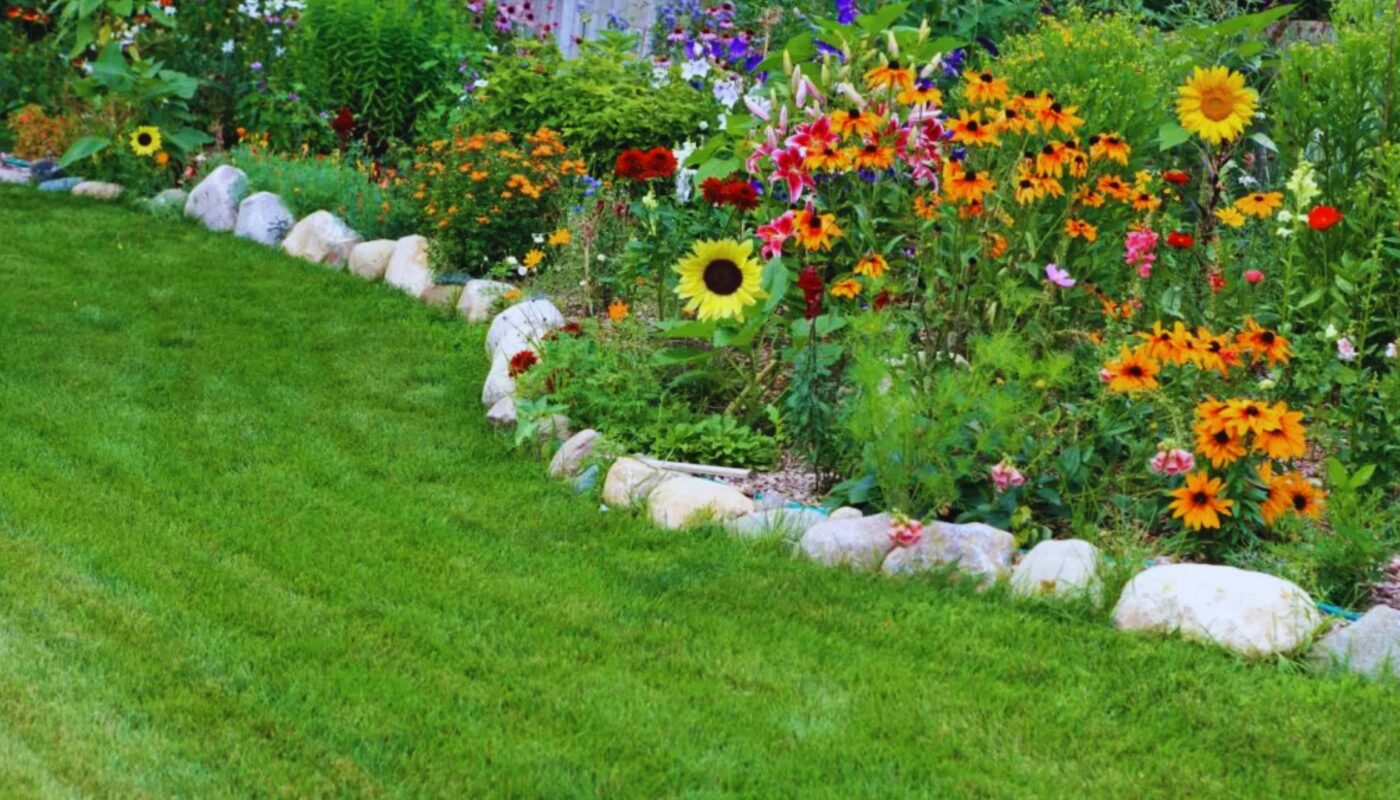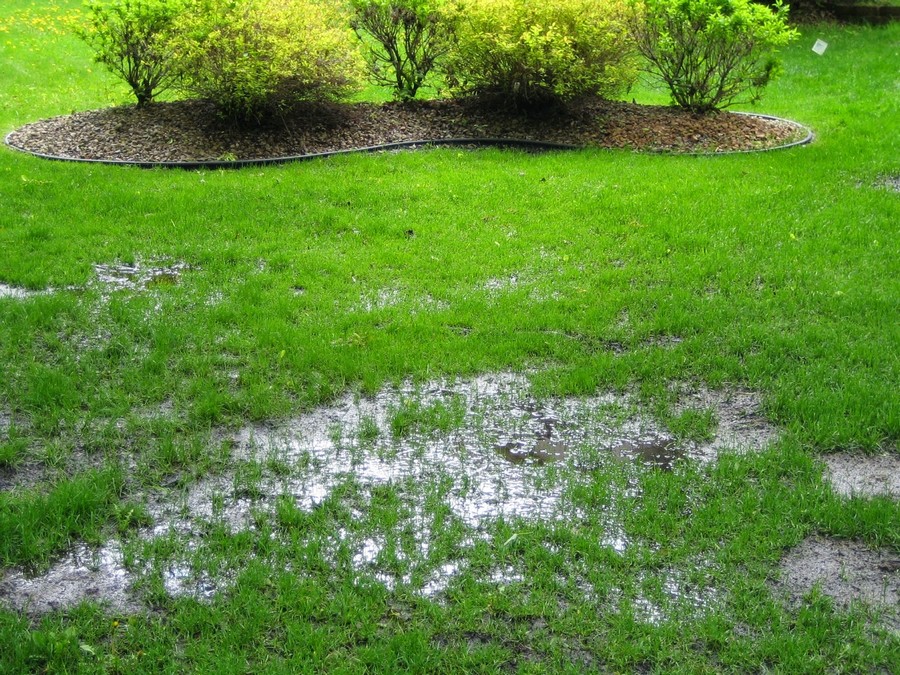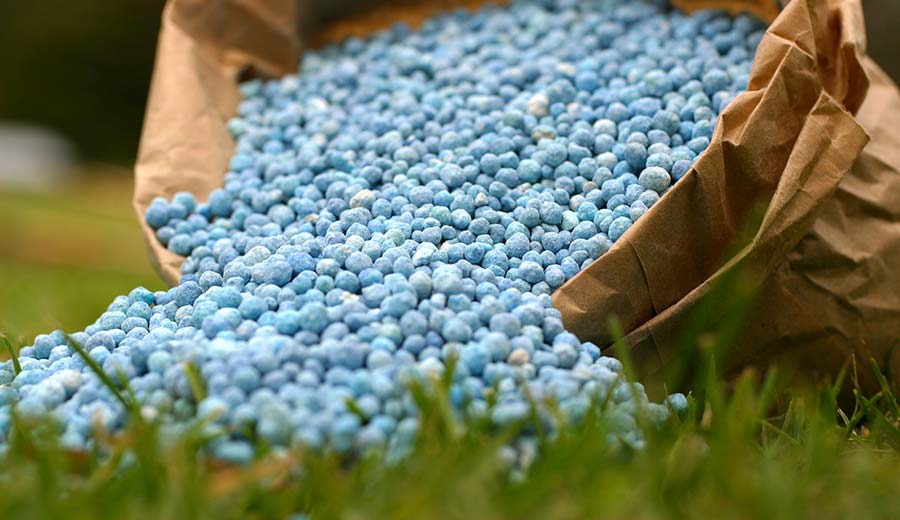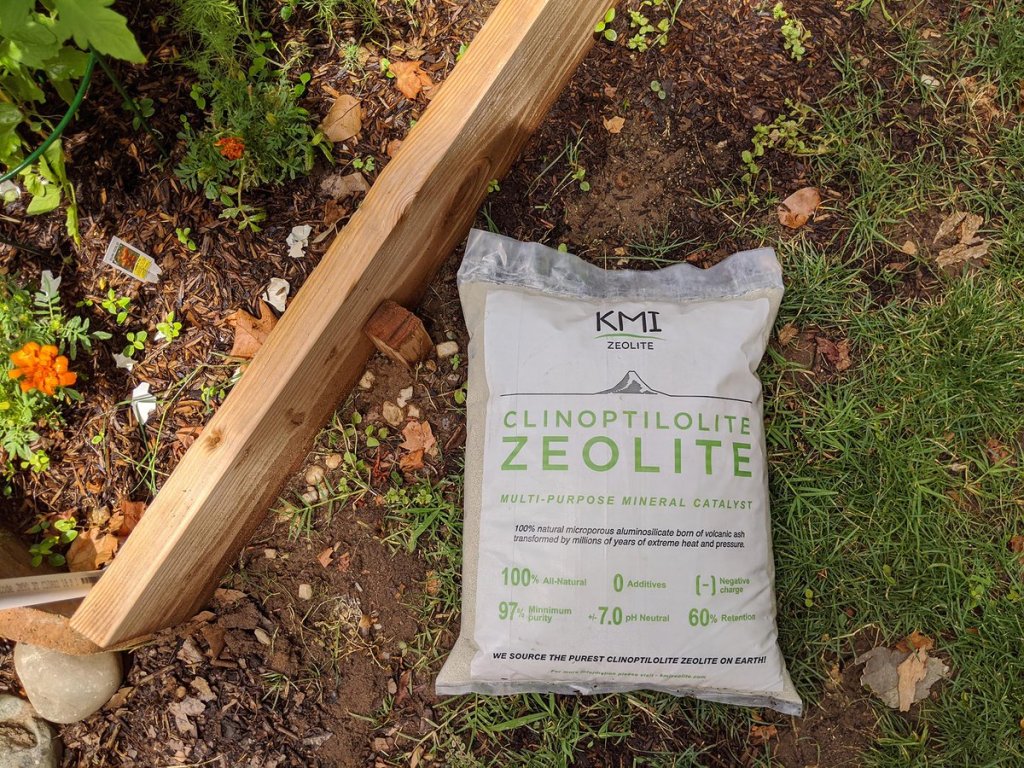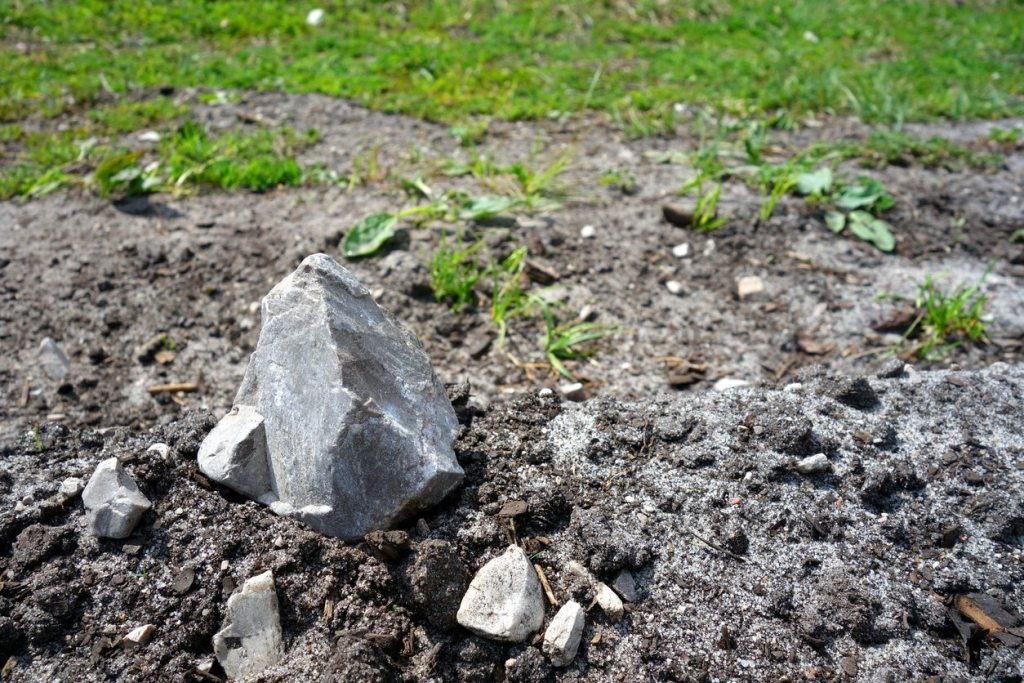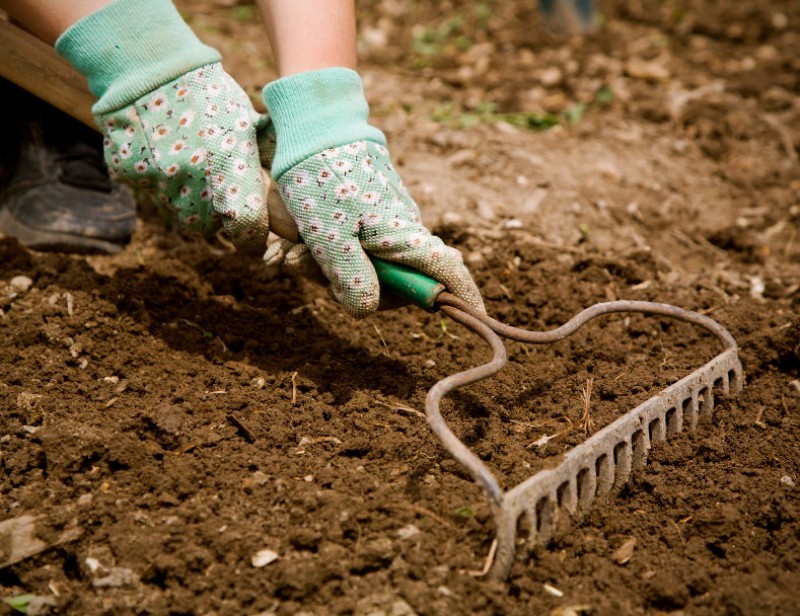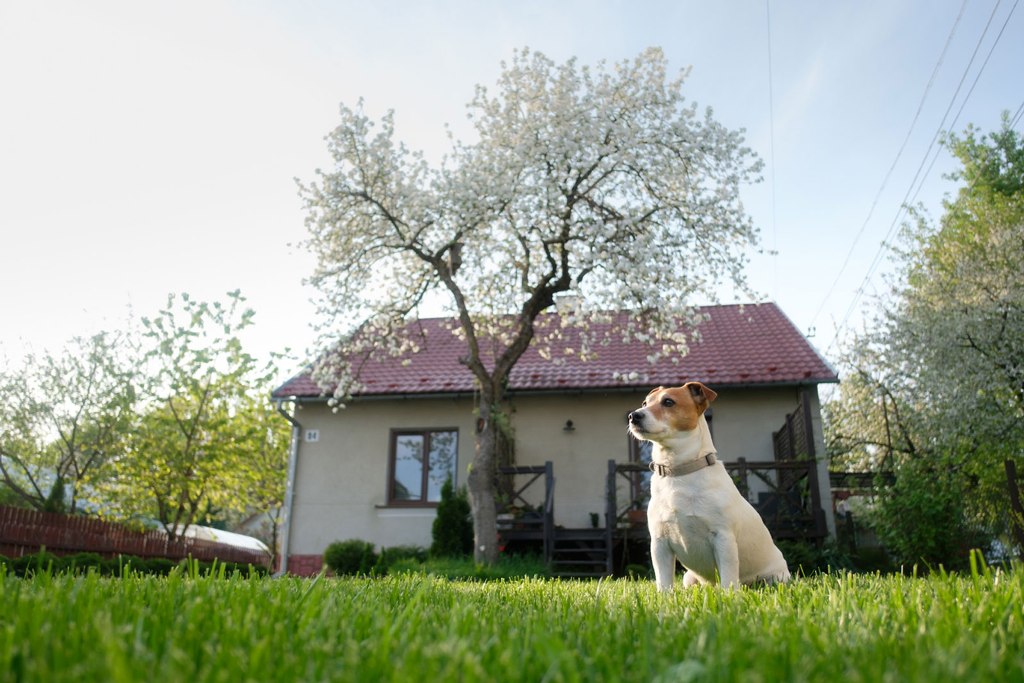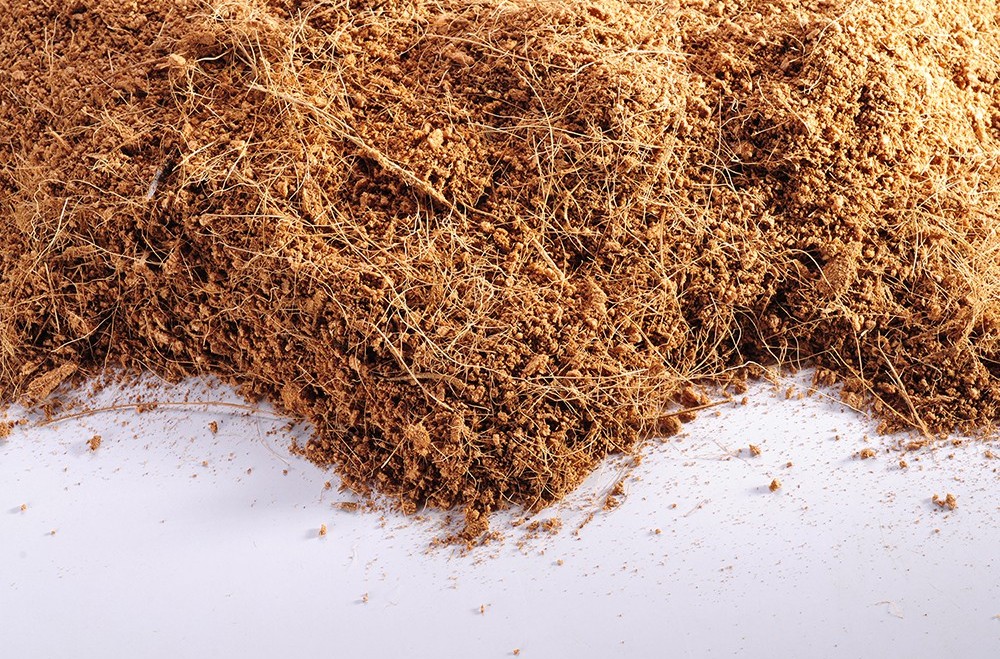Welcome to our blogs that will introduce you to various Different Garden Bed Ideas. Replacing traditional grass with garden beds can offer numerous benefits, from reducing water consumption to providing habitat for beneficial insects and wildlife.
Before Considering Different Garden Bed Ideas
When choosing a garden bed option, consider factors such as available space, sunlight exposure, soil quality, water availability, and your gardening goals. Each type has its own advantages and challenges, so select the one that best fits your needs and preferences.
Different Garden Bed Ideas
1. Ground Covers
Choose low-growing plants that spread quickly to cover the soil surface and suppress weeds. Options include creeping thyme, creeping Jenny, sedum, or moss. Ground covers add visual interest and require less maintenance than grass.
Various Ground Covers
When selecting ground covers for your garden, consider factors such as sunlight exposure, soil type, moisture levels, and maintenance requirements. Some ground covers are more aggressive and may require regular pruning or containment to prevent them from spreading into unwanted areas.
- Creeping Thyme (Thymus serpyllum): This fragrant herb forms dense mats of tiny leaves and produces small pink or purple flowers in summer. Creeping thyme is drought-tolerant and attracts pollinators like bees and butterflies.
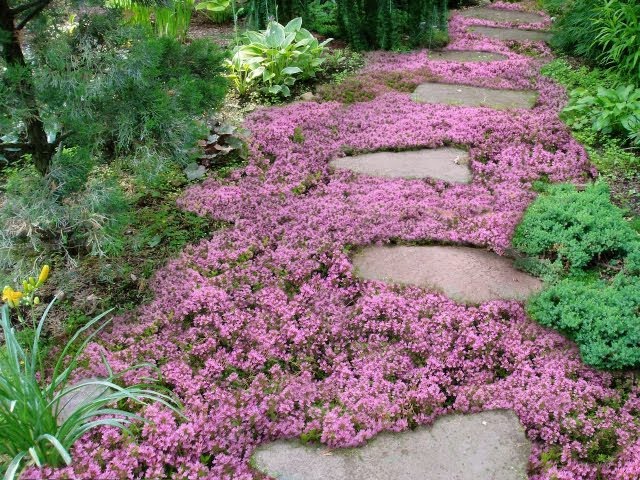
- Creeping Jenny (Lysimachia nummularia): Also known as moneywort, creeping Jenny has vibrant chartreuse foliage that trails along the ground or spills over container edges. It thrives in moist soil and partial shade but can become invasive in optimal conditions.
- Vinca (Vinca minor): Also called periwinkle, vinca is a shade-tolerant ground cover with glossy evergreen leaves and blue or white flowers in spring. It spreads rapidly and is effective for erosion control on slopes.
- Dwarf Mondo Grass (Ophiopogon japonicus ‘Nana’): Dwarf mondo grass forms clumps of grass-like foliage and is often used as a low-maintenance alternative to traditional lawn grass in shady areas. It requires little water once established.
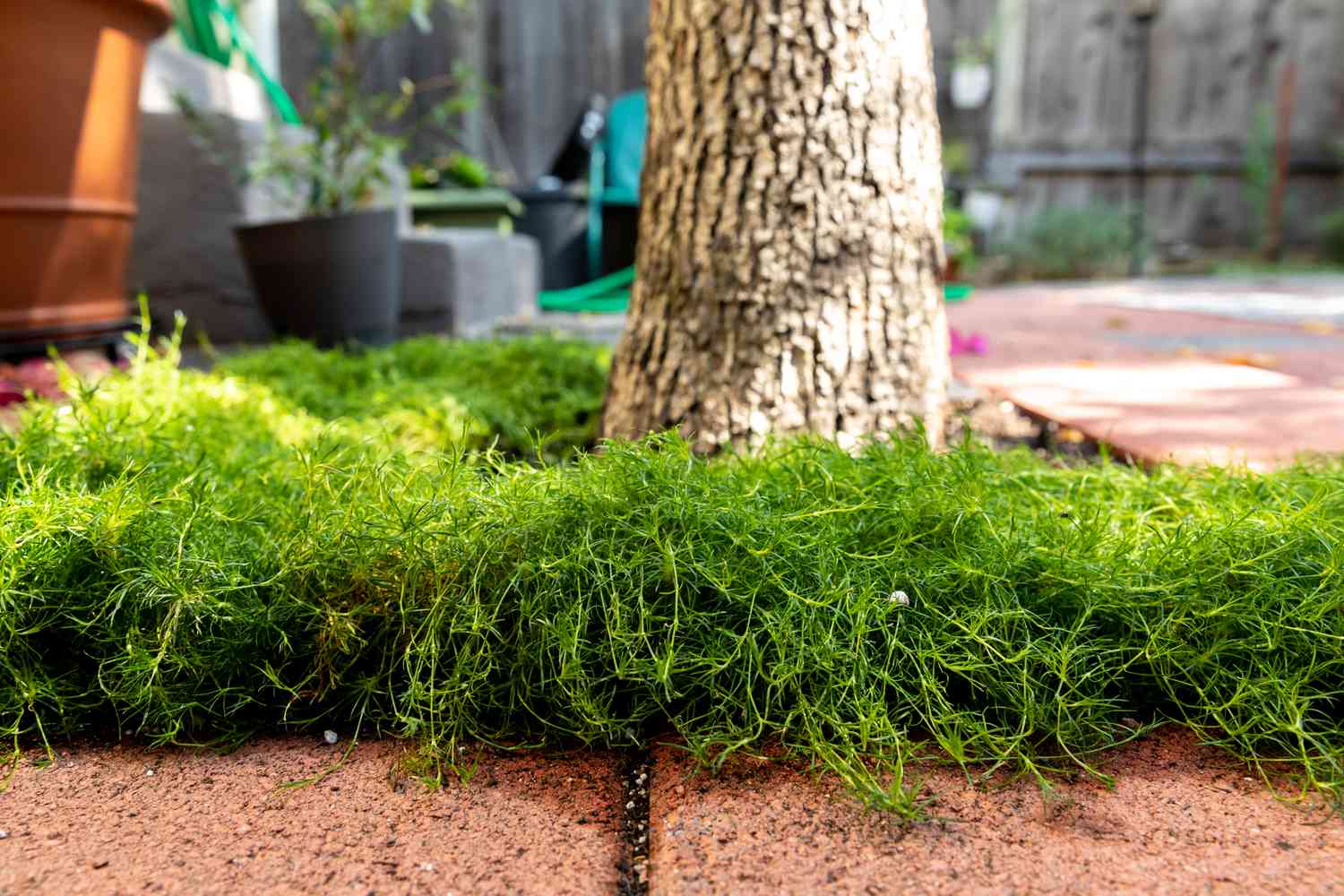
- Thyme (Thymus spp.): In addition to creeping thyme, other thyme varieties like woolly thyme (Thymus pseudolanuginosus) and elfin thyme (Thymus serpyllum ‘Elfin’) make excellent ground covers. They have aromatic foliage and produce small flowers in various colors.
- Pachysandra (Pachysandra terminalis): Pachysandra is an evergreen ground cover with glossy, leathery leaves that form dense mats. It thrives in shade and is often used to cover large areas under trees.
- Groundcover Roses: Certain types of roses, such as ‘The Fairy’ or ‘Flower Carpet’, are bred specifically to form low-growing, spreading plants that provide continuous blooms and cover the ground effectively.
2. Native Wildflowers
Planting native wildflowers not only adds beauty to your landscape but also supports local pollinators and wildlife. Consider species like black-eyed Susans, butterfly milkweed, purple coneflower, and bee balm. Native wildflowers are typically well-adapted to your region’s climate and soil conditions.
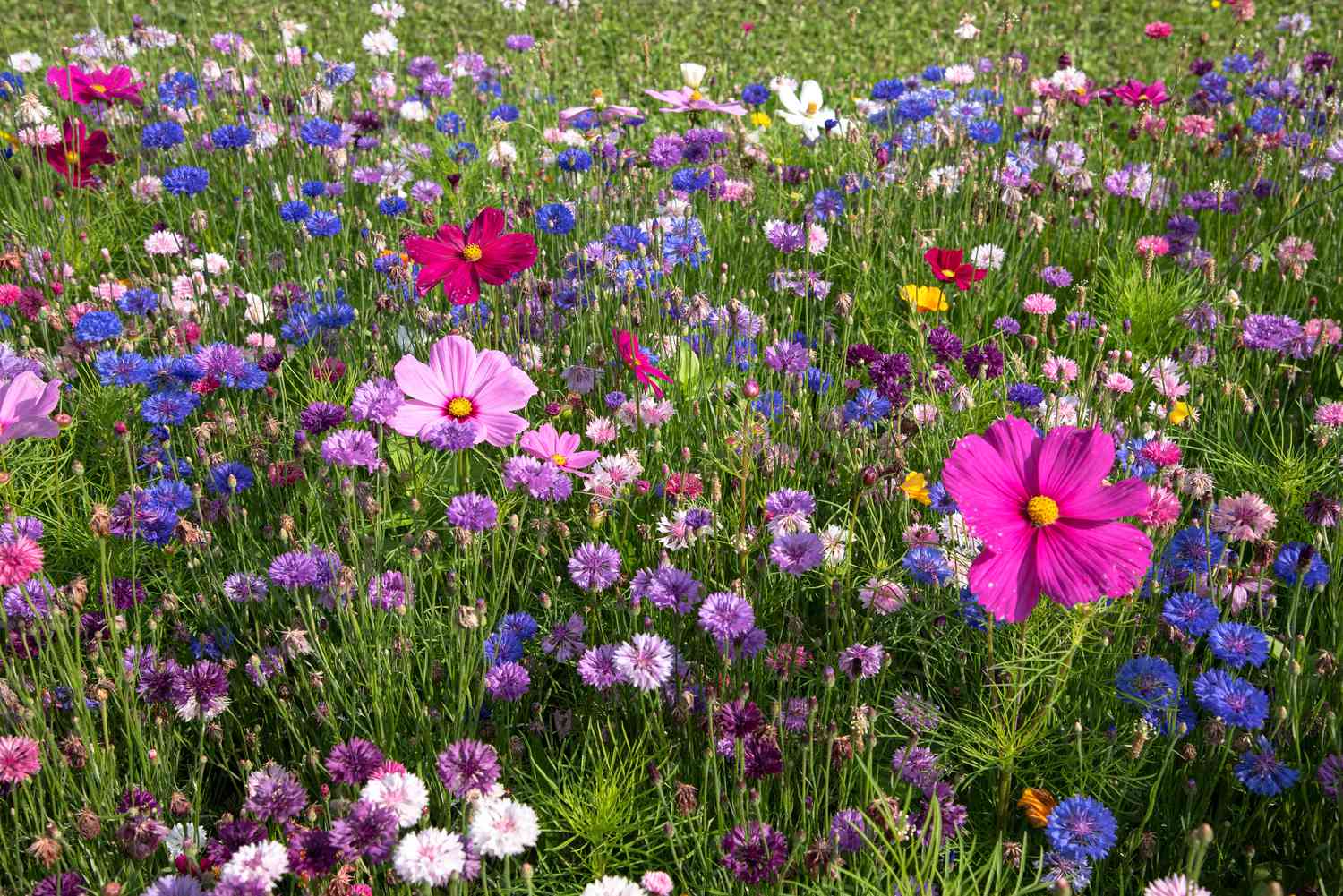
3. Herb Gardens
Utilize garden beds for growing culinary herbs like rosemary, thyme, basil, sage, and oregano. Herbs are not only functional for cooking but also add fragrance and texture to your garden. Plant them in groups or intermixed with other plants for a diverse and attractive garden bed.

4. Vegetable Gardens
Convert garden beds into productive vegetable gardens to grow your own fresh produce. Choose a variety of vegetables suited to your climate and growing season, such as tomatoes, peppers, cucumbers, lettuce, carrots, and radishes. Incorporate companion planting and crop rotation techniques for healthier plants and improved yields.
5. Fruit Trees and Bushes
Plant fruit trees and bushes in garden beds to enjoy homegrown fruit throughout the season. Consider options like dwarf apple or pear trees, blueberry bushes, raspberry canes, or grapevines. Proper spacing and pruning are essential for healthy growth and abundant harvests.
6. Ornamental Shrubs and Perennials
Create visually appealing garden beds with a mix of ornamental shrubs and perennial flowers. Choose plants with varying heights, colors, and textures to create depth and interest. Examples include hydrangeas, ornamental grasses, hostas, daylilies, and coneflowers.
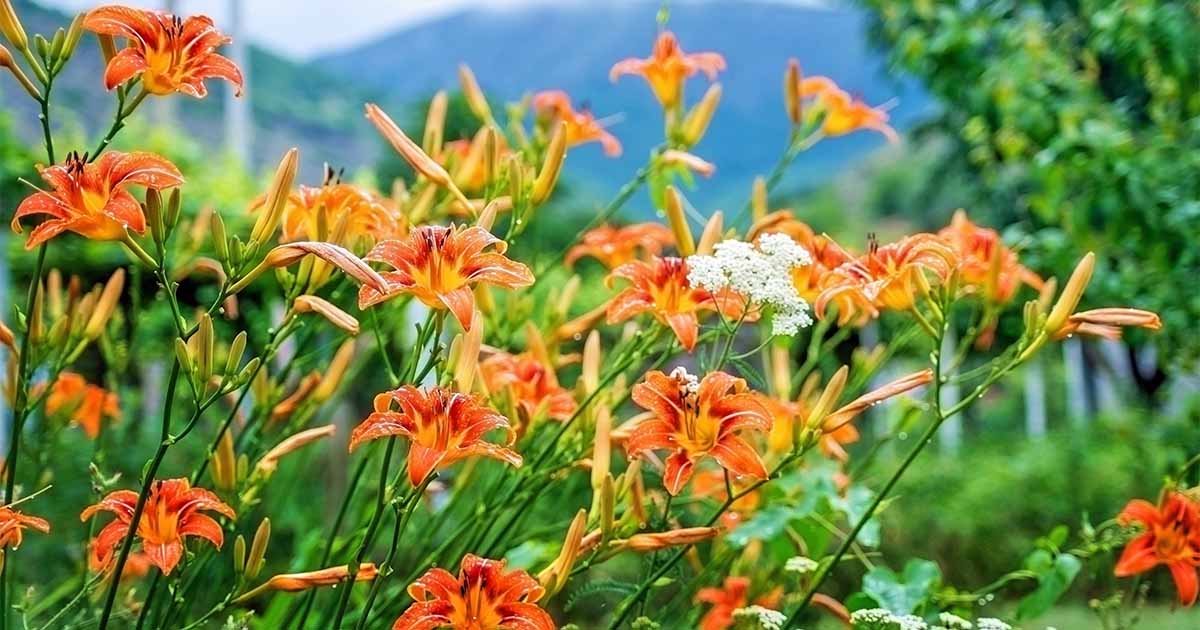
7. Rock Gardens
If you have poor soil or rocky terrain, consider creating a rock garden filled with drought-tolerant plants that thrive in well-drained conditions. Select alpine plants, succulents, and drought-resistant perennials like yarrow, sedum, ornamental grasses, and lavender. Arrange rocks and boulders to create naturalistic formations within the garden bed.
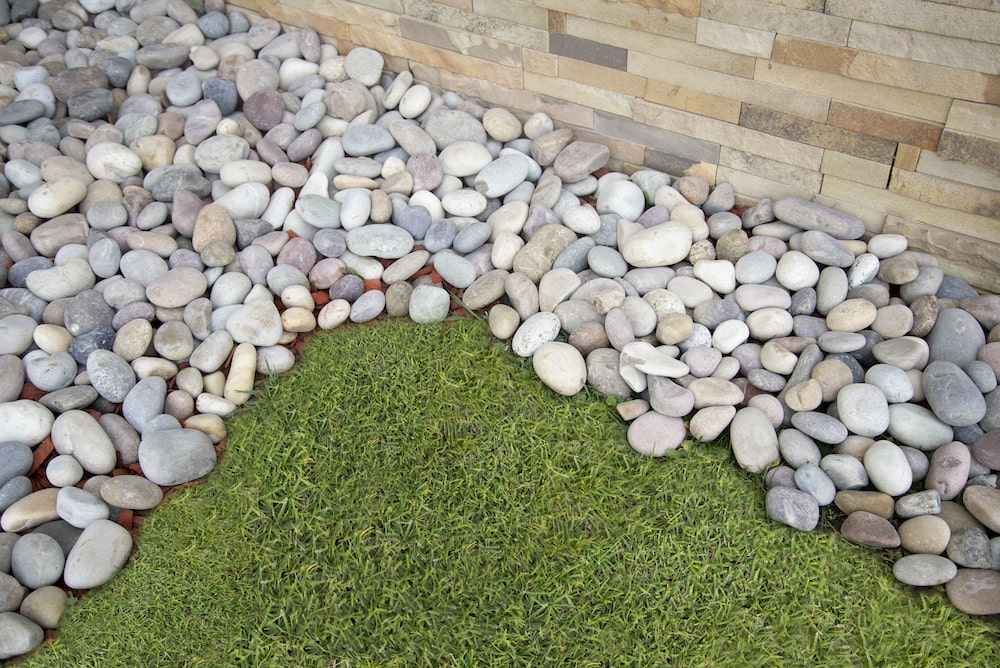
8. Pollinator Gardens
Design garden beds specifically to attract and support pollinators like bees, butterflies, and hummingbirds. Choose a variety of nectar-rich flowers, including salvias, coneflowers, asters, and goldenrod. Incorporate flowering herbs and native plants to provide food and habitat for pollinators throughout the growing season.
